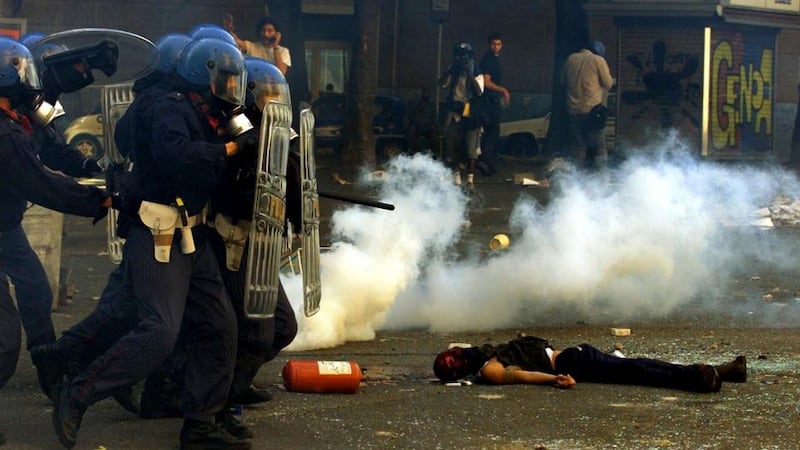During the 1970s, a decade of chronic economic crisis in the developed world akin to the current era in many respects, governments struggled to find solutions to the problems of the time: energy shortages, runaway inflation, yo-yoing currencies, high unemployment and stagnating economic growth. As many of these woes afflicted all rich countries (among others), the need arose for a new world forum.
The then French president, Valéry Giscard D'Estaing, is widely credited with initiating the informal and intimate meetings of leaders of the largest industrialised democracies, in a forum
that came to be known initially as the
Group of seven, or G7.
The envisaged retreat-type format, to be held in a country-club atmosphere, differed from more formal summitry in that the meetings would allow greater interaction among the leaders. Crucially, diplomats and bureaucrats were excluded for the most part so stronger personal relations could develop.

At the first meeting in Rambouillet, just outside Paris, in November 1975, the French leader hosted his counterparts from Britain, Italy, Japan, the US and West Germany. When Canada joined the following year the "G7" came into being.
In the early years, meetings focused on economic issues, with the new phenomenon of currency volatility high on the agenda following the breaking apart earlier in the decade of the post-second World War system whereby governments’s rigidly controlled exchange rates. But quickly the agenda widened, given impetus by the summit’s rotating presidency.
In the late 1970s, energy issues became prominent. In the 1980s, aid issues came to the fore. Trade, human rights, terrorism, pandemics and drugs have all been on summit agendas over the decades.
But if agendas expanded over time, membership did not. During its first two decades the group remained an exclusive club. The only (partial) widening in membership was the inclusion – in 1977 – of the president of the European Commission, invited to represent, in an observer capacity rather than as a full participant, the then European Economic Community.
After the collapse of communism and the end of the cold war in the early 1990s, Russia was brought into the fold. The former superpower was given associate membership – when the Russian president joined the other seven, it became known as the G7+1. In 1997, Russia became a full member, and the current G8 was born.
It was about the same time that meetings began to become a focal point for protest groups . Since the protests became more violent, culminating in the shooting dead of a protester by police at the Genoa summit in July 2001, more remote locations have been favoured as venues. For that reason, among others, Lough Erne was chosen by the British government for this year’s summit.










